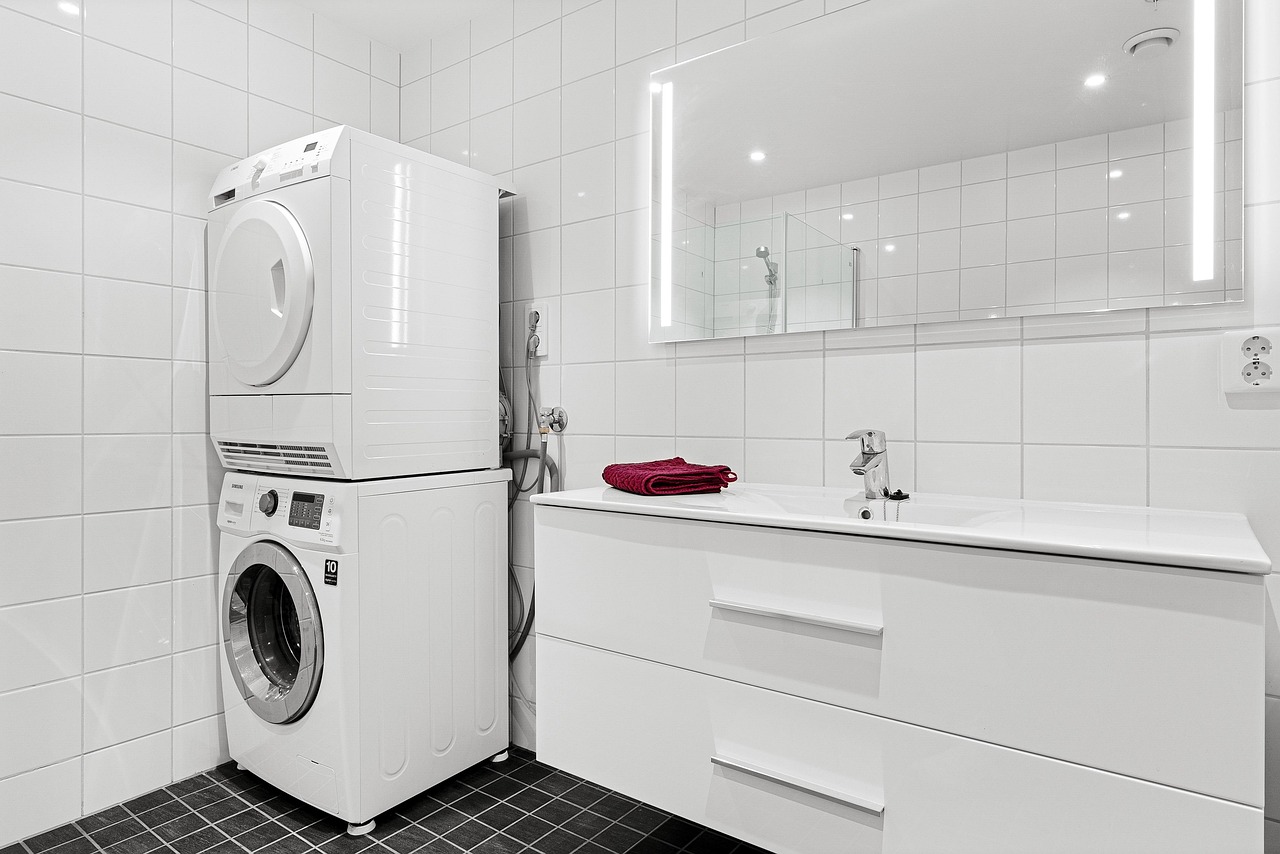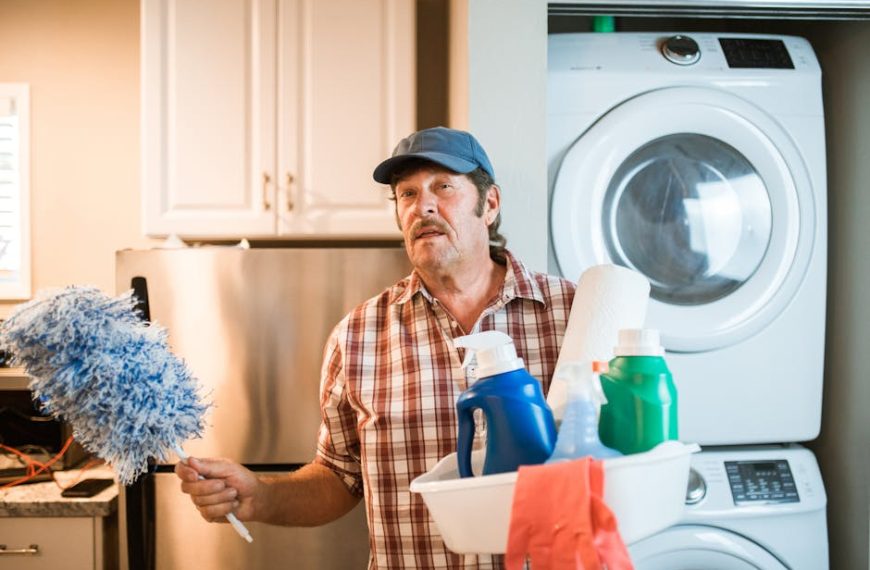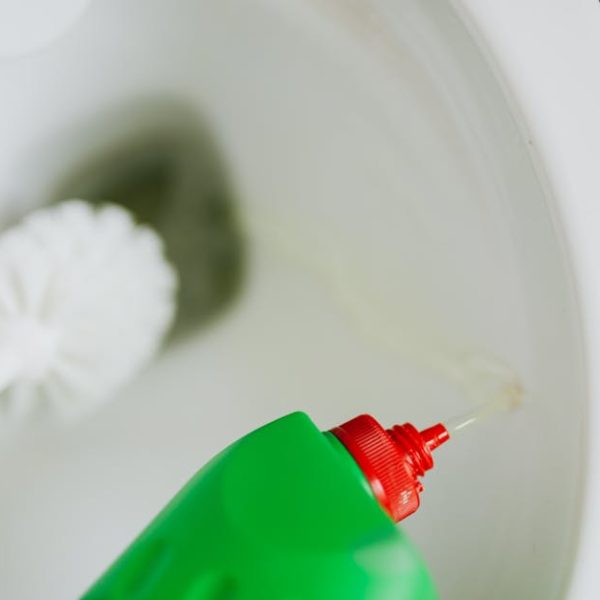When it comes to washing towels, the devil is in the details. Ensuring that your towels are adequately cleaned extends far beyond merely throwing them into the washing machine and pushing the start button.
The Importance of Proper Towel Washing
Properly washing your towels not only contributes to their longevity but also impacts their overall hygiene, absorbency, and fabric quality. Clean towels are essential in maintaining a clean and healthy home environment. Towels, especially bathroom ones, are a breeding ground for harmful bacteria. It’s crucial they are properly cleaned to eliminate these pathogens.
Moreover, correct washing practices help retain towels’ absorbency and softness, enhancing their comfort value. Towels’ color and fabric quality can also be preserved through the correct washing methods, extending their life span and conserving their aesthetic appeal.
Pro Tip: While fabric softeners might seem like a great way to keep your towels feeling plush and smelling fresh, they can decrease their absorbency over time. They leave behind a waxy residue, which makes towels less effective in drying your body or dishes. Avoiding fabric softeners is a small yet impactful step in proper towel maintenance.
Understanding Washing Machine Settings
Washing machines come with a multitude of settings, each designed for specific fabrics and loads. These settings modify various parts of the washing process, including water temperature, washing speed, and cycle duration.
For instance, a delicate or hand wash setting uses cold water and slow spin speeds to gently clean vulnerable fabric types. On the other end of the spectrum, a heavy-duty wash utilizes hot water and accelerated spin speeds to thoroughly clean bulky, heavily soiled items such as towels and beddings.
Checklist: Understanding Your Washing Machine Settings
- Look for the temperature setting – higher temperatures are best for towels and beddings.
- Check if there is a speed setting – faster spins are optimal for items that absorb a lot of water like towels.
- Find the load size setting – matching this to your load size will ensure your machine isn’t overloaded or underfilled.
Best Washing Settings for Towels
Towels can withstand higher temperatures and fast spins due to their durable fabric. These settings help eliminate bacteria and enable thorough drying, warding off mildew growth – a common issue with damp towels.
In terms of detergent, using too much can lead to residue build-up, reducing absorbency. In contrast, too little may not effectively clean your towels. Try to find the right balance based on your load size and the detergent’s instructions.
Best Practices:
- Separate your colored towels from your white ones to prevent color bleeding.
- Measure your detergent according to your load size and the product’s instructions.
- Overloading your washing machine can result in less efficient washing. Try to give your towels enough space to move freely during the cycle.
The Pros and Cons of Various Towel-Washing Settings:
| Settings | Pros | Cons |
|---|---|---|
| ————- | ————- | ————- |
| High-temperature wash | Effective in killing bacteria | Might cause color-evaluation |
| Low-temperature wash | Gentle on fabric and colors | Not as efficient in sterilizing |
| Long wash cycle | Thorough cleaning | More energy consumption |
| Short wash cycle | Less energy consumption | May not provide thorough cleaning |
Remember, what matters most while washing your towels isn’t just the cleanliness; it’s also about maintaining their quality and functionality.
Post-Washing: Drying and Storage
When it comes to drying towels after washing, you have two main options: air drying or using a tumble dryer. Both methods have their pros and cons. Air drying can be a good, energy-efficient option if you live in a sunny, warm climate. This method inhibits bacterial growth and can enhance your towels’ freshness. However, air-dried towels can be stiff and not as soft as those tumble-dried.
Using a tumble dryer is most effective when done on a low heat setting, which helps maintain fabric quality and prevent over-drying, which can encourage fraying. Ensure your towels are thoroughly dry before folding and storing them to prevent mildew growth.
Pro Tip: Towels should be completely dry before being folded and stored away. The best place to store them is in a dry, well-ventilated cabinet or closet. This prevents the growth of mold and bacteria, enhancing your towels’ cleanliness and longevity.
The Impact of Towel Material on Washing Settings
The material from which your towels are made can affect the best washing and drying settings. Cotton towels are durable and can withstand high washing temperatures and tumble drying. Bamboo towels, on the other hand, can shrink in high heat, so it’s better to wash them in lower temperatures and air-dry.
Microfiber towels are another kind, typically used for cleaning due to their ability to attract dust. These need to be washed separately from cotton items, as they attract lint.
Comparison of Different Towel Materials:
| Material | Best Wash Temperature | Best Drying Method | Additional Information |
|---|---|---|---|
| ————- | ————- | ————- | ————- |
| Cotton | High | Air dry or tumble dry on low heat | Can withstand high temperatures, tend to get softer with time |
| Bamboo | Low/Medium | Air dry or tumble dry on low heat | Prone to shrinkage on high heat, highly absorbent and eco-friendly |
| Microfiber | Low/Medium | Air dry | Attracts lint, best to wash separately |
Use this simple checklist to identify your towel’s material:
- Read the label: Most towels will have a care label that includes fabric information.
- Feel the texture: Cotton towels are typically plush and heavy, microfiber towels are thin with a dense weave, and bamboo towels are extremely soft and smooth.
- Observe the absorbency: Bamboo and microfiber towels are typically more absorbent than cotton ones.
In conclusion, your towels deserve the best care. Picking the right washing settings, detergents, and drying methods, and understanding your towel’s fabric composition, are vital in guaranteeing your towels are clean, comfortable, and durable for personal usage.
Key Takeaway:
- Proper towel washing is essential to eliminating bacteria, maintaining absorbency and softness, and preserving fabric quality and color.
- Understanding washing machine settings, particularly those relating to temperature, washing speed, and duration, can improve washing efficacy.
- The settings for washing towels are typically high-temperature and high-speed spin. This eliminates bacteria and ensures thorough drying to prevent mildew growth.
- Both air drying or using a tumble dryer on low heat are suitable methods for drying towels after washing.
- The towel’s material impacts the washing and drying settings. For instance, cotton is durable and can withstand high temperatures, while bamboo is best washed at lower temperatures and air dried to avoid shrinkage.
Keeping your towels clean, fresh, and durable is an achievable goal if you follow these guidelines for washing, drying, and storing them correctly. Recognize the importance of these routines in maintaining a healthy home, and reassured that your efforts will undoubtedly lead to a more comfortable and hygienic living environment.
FAQs
Q: How often should I wash my bath towels?
A: It’s advisable to wash bath towels after 3 or 4 uses. If the towel has been used for drying off after workouts or has a strong smell, it should be washed after each use.
Q: What is the best way to prevent my towels from losing their color during washing?
A: To prevent color fading, ensure to use cold water for colored towels and avoid using too much bleach or detergent. Also, try to separate colored towels from white ones to prevent color bleeding.
Q: Is it necessary to wash new towels before using them, and why?
A: Yes, it’s recommended to wash new towels before using them. This is because new towels often have silicone or other finishes that aim to make them look fluffier in the store but could reduce their absorbency.
Q: Can I use vinegar or baking soda along with detergent while washing towels?
A: Yes, adding half a cup of white vinegar or baking soda to the wash along with your regular detergent can help in cleaning and refreshing your towels. However, avoid using them simultaneously as they can react together and lose their effectiveness.
Q: How can I make my towels soft again?
A: Overuse of detergents and fabric softeners can build up residues that make your towels feel hard. To restore their softness, try washing them in warm water with one cup of vinegar followed by another wash in warm water with half cup of baking soda.
We hope this was informative. Feel free to share this article or explore more posts on our website for additional useful tips.












